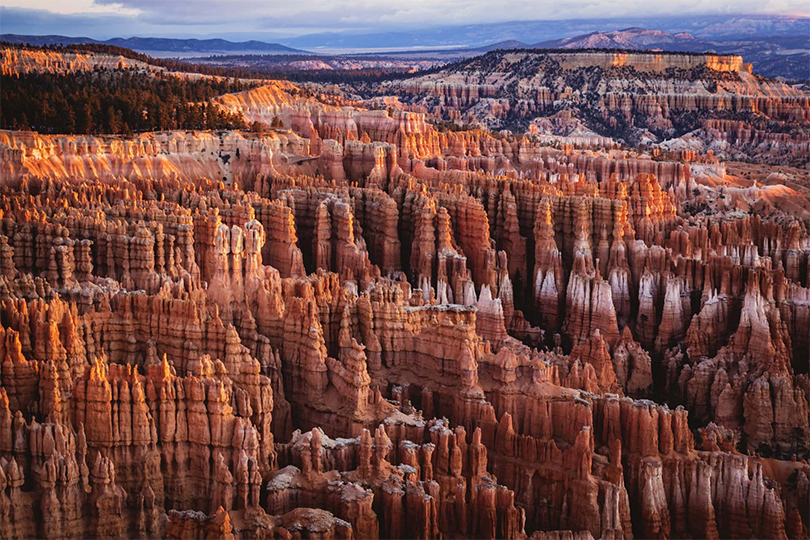
Hoodos: The Beautiful Fairy Chimneys That Appear To Be From Another Planet
Bryce Canyon: One of the best places to see hoodoos is in southern Utah's Bryce Canyon National Park, which boasts a vibrant collection of natural amphitheaters filled with craggy columns composed of sedimentary rocks like sandstone and shale. This area is particularly prone to erosion because of its high elevation. The uplift of the Colorado Plateau continues to raise these rocks' elevation, exposing them to below-freezing temperatures (and therefore frost wedging) for more than half the year. As a result, Bryce Canyon's hoodoos are quickly shrinking—at a rate of about two to four feet every 100 years. Scientists estimate that in about 3 million years, Bryce Canyon's erosional patterns will have advanced so far into the present-day plateau that it will eventually hit the watershed of the nearby East Fork Sevier River. When this happens, the canyon's hoodoo-forming erosional patterns will be largely replaced by erosional patterns dominated by flowing water.
Advertisements
07 December 2023
Advertisements



